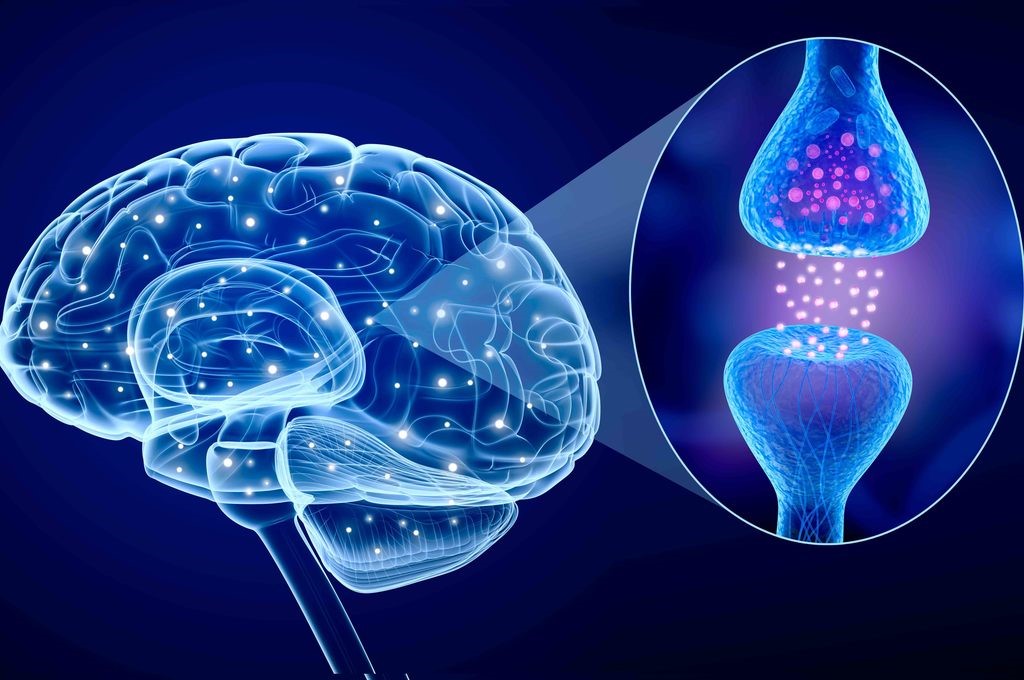
ALS: new genes responsible for amyotrophic lateral sclerosis identified
ALS: an international study published in ‘Nature Genetics’, with the contribution of the Statale University, marks a significant step forward in understanding the disease
Another important step forward in the identification of genes responsible for ALS with the decisive contribution of Italian scientists
The effort to identify genes responsible for amyotrophic lateral sclerosis (ALS) has taken a significant step forward thanks to an international collaboration that has achieved an important result published in the journal Nature Genetics.
In this ‘genome-wide association’ or GWA study, which allows all genes in an individual to be analysed at the same time, DNA from 29,612 sporadic ALS patients and 122,656 healthy subjects were analysed and 15 disease-associated gene variants were identified.
These variants involve genes implicated in specific metabolic pathways related to neurodegenerative processes of other diseases such as vesicular transport mechanisms between the Golgi apparatus and the endoplasmic reticulum, autophagy with evidence of primitive involvement of glutamatergic motoneuronal cells.
The study is the result of an extensive international collaboration led by Prof. Jan Veldink of the University of Utrecht, in the Netherlands, with the participation of institutions from all over the world.
Among the Italian research groups contributing to the remarkable discovery was the Laboratory of Neuroscience and Neurology Unit of the Istituto Auxologico Italiano IRCCS, which supported the research together with the University of Milan and the “Centro Dino Ferrari”.
The team includes Dr. Isabella Fogh and Professors Nicola Ticozzi and Antonia Ratti from the University of Milan, coordinated by Prof. Vincenzo Silani.
The study on ALS and genetic loci
“The recent study – explains Vincenzo Silani, Professor of Neurology at the State University of Milan, Head of Neurology at the Auxologico San Luca in Milan and founder of the Italian Consortium SLAGEN – has confirmed, among the 15 loci associated with the disease, 8 genes already identified in previous studies (UNC13A, SCFD1, MOBP/RPSA, KIF5A, CFAP410, GPX3/TNIP1, NEK1 and TBK1) further proving their pathogenetic involvement.
Of particular note, however, is the identification of 7 new loci that help to better delineate the disease-specific mechanisms of neurodegeneration.
The study demonstrates, in fact, the expression of genes implicated in particular in glutamatergic motoneurons, thus suggesting that the neurodegenerative process in ALS is originally at the expense of the neuronal cell and not microglial or astrocytic.
In particular, the role of both vesicle transport and autophagy as determinants of neuronal loss is demonstrated, with particular involvement of the Golgi complex and the endoplasmic reticulum.
Finally, high levels of cholesterol seem to play a causal role in ALS as will be further emphasised in an upcoming paper by the same group’.
Very interesting is the sharing of reported pathogenic genes with other neurodegenerative diseases such as Alzheimer’s disease, Parkinson’s disease, corticobasal degeneration, progressive supranuclear palsy and frontotemporal dementia further validating the assumption of common pathogenic mechanisms for different neurodegenerative diseases.
“This powerful GWA study – concludes Professor Vincenzo Silani – differs from the previous ones for the large number of patients analysed and for the completeness of information achieved with the inclusion of ALS next to the other neurodegenerative diseases because it shares common pathogenetic mechanisms with the indication of a primitive neuronal process at the origin of the disease, thus reinforcing the concept of a selective vulnerability of the motor neuron cell in ALS”.
The effort of Professor Silani’s group, which started in 2014 with a first GWA study on a large case series of ALS patients, is now strengthened with this new large-scale work aimed at identifying genes and pathogenetic mechanisms of ALS, in a context increasingly shared with other neurodegenerative diseases.
The prospect of being able to act on mechanisms shared between different pathologies is the prerequisite for a therapeutic alliance aimed at rapidly defining effective therapeutic approaches, it being understood that the target remains the spinal motor neuron responsible for the biological graft of the disease.
SLARead Also:
ALS Could Be Stopped, Thanks To The #Icebucketchallenge
Relapsing-Remitting Multiple Sclerosis (RRMS) In Children, EU Approves Teriflunomide


